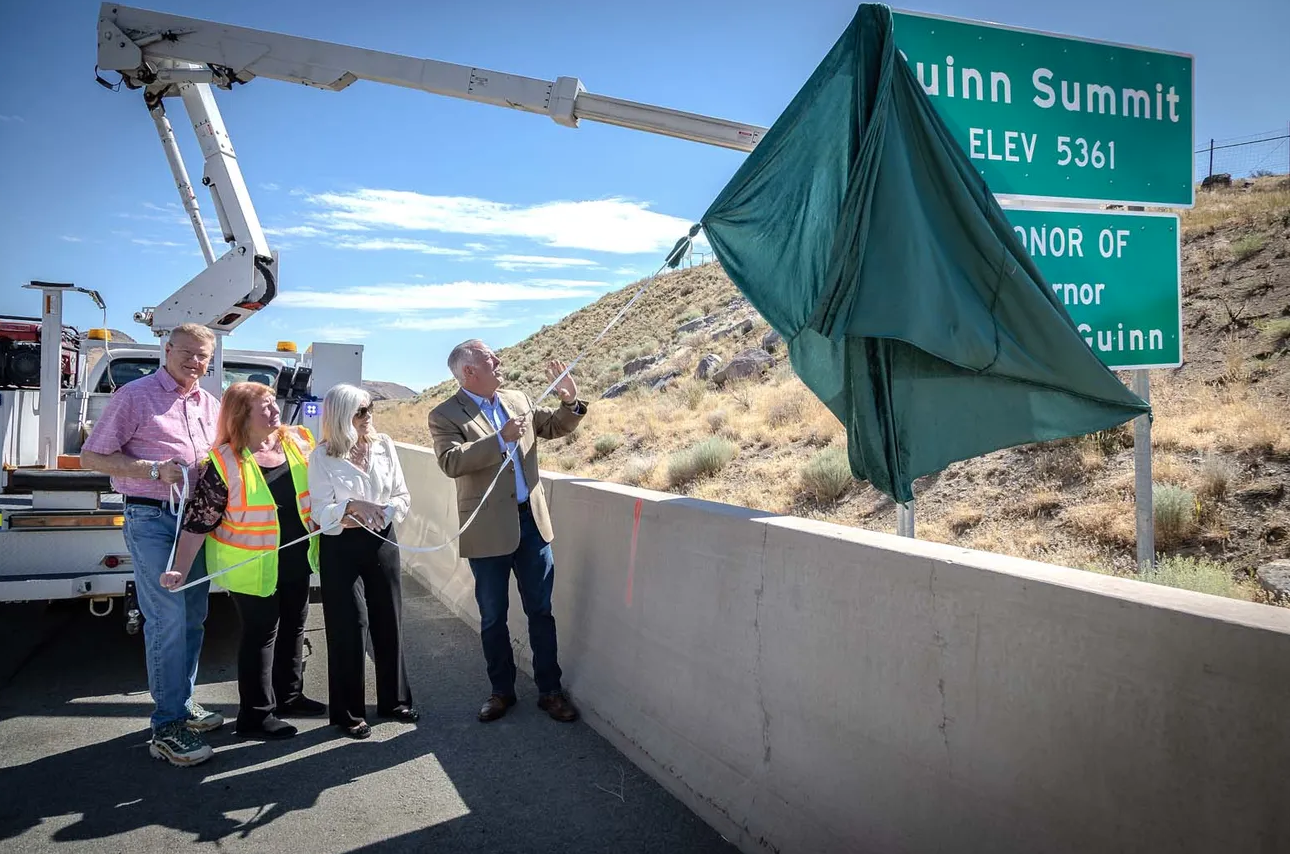Data Driven.
Independent.
Non-Partisan.
The Kenny Guinn Center for Policy Priorities is a nonprofit, nonpartisan policy center addressing key challenges faced by policymakers in Nevada.

Our latest research
View allTestimonials

At Communities In Schools of Nevada, we won a competitive $11.8 million federal grant where Guinn Center research helped bolster the needs assessment. Their work helped us make the case for new resources that address the issues that matter most—including for Nevada’s kids and families.


The Guinn Center is more than just a policy and research organization; they are thought leaders who excel at fostering collaboration by bringing in experts from various fields. Their focus on addressing issues that affect Nevadans every day is unwavering. As a trusted, non-partisan resource, the Guinn Center provides actionable recommendations and in-depth research delivered to government leaders in robust reports and briefs that plays a critical role in improving our state. Nevada is undoubtedly a better place because of their dedicated work and commitment to public service.


Nevada’s future depends on developing well thought out policies necessary to achieve its full potential. Public and private sector leaders can rely on the Guinn Center to provide independent, unbiased, research-based information necessary in making quality decisions. I strongly support the Guinn Center and appreciate its contributions to policy decisions in our state.


While a member of the Nevada Legislature, I looked forward to reading think-pieces and studies produced by the Guinn Center. I found the testimony given before the Legislature by Guinn leadership and staff to be well—researched, balanced, and without political slants. A number of the Guinn Center studies I’m familiar with became the basis for policy considerations and reforms needed in Nevada.




.webp)
.jpeg)
.webp)
.webp)
.jpeg)
.webp)







